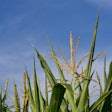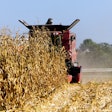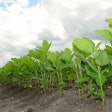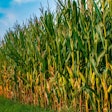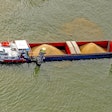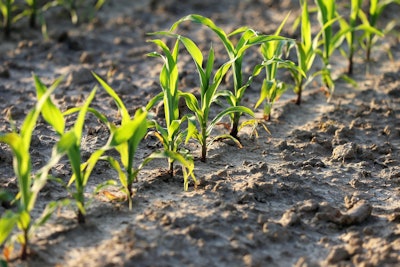
U.S. farmers made significant progress planting spring crops last week, though conditions varied widely across the country, according to the latest USDA Crop Progress report.
Corn planting jumped to 12% complete nationally as of April 20, up from just 4% the previous week and slightly ahead of the five-year average of 10%. Illinois farmers led the charge, with 27% of corn acres planted compared to just 3% at this time last year. Iowa and Minnesota also saw substantial gains, reaching 11% and 9% planted respectively.
Soybean planting is just getting underway, with 8% complete nationally versus 5% on average. Arkansas leads southern states at 32% planted, while northern growing areas are still largely waiting for warmer soil temperatures.
Winter wheat development presents a mixed picture, with 15% of the crop headed versus 13% on average. However, crop condition ratings declined slightly, with 45% rated good to excellent compared to 50% last week. Drought remains a concern in key growing areas, particularly in the southern Plains.
Spring wheat planting advanced to 17% complete nationally, up from 7% last week but still behind the 19% average pace. North Dakota, the top spring wheat producer, reached 10% planted versus 5% average.
Cotton planting is progressing steadily at 11% complete, on par with the five-year average. Texas, the largest cotton-producing state, has planted 16% of its expected acreage.
Rice planting surged ahead of normal in key southern states, reaching 48% complete nationally compared to 39% on average. Arkansas has planted 48% of its crop, well ahead of the 35% average pace.
Soil moisture remains adequate in most areas, though 34% of topsoil moisture is rated short to very short, particularly in western states. Recent rains have improved conditions in parts of the Midwest and Delta regions.
As planting progresses, farmers and markets will closely monitor weather forecasts and crop emergence rates in the coming weeks. Early planting can lead to higher yields, but spring frost risks remain in northern areas.








